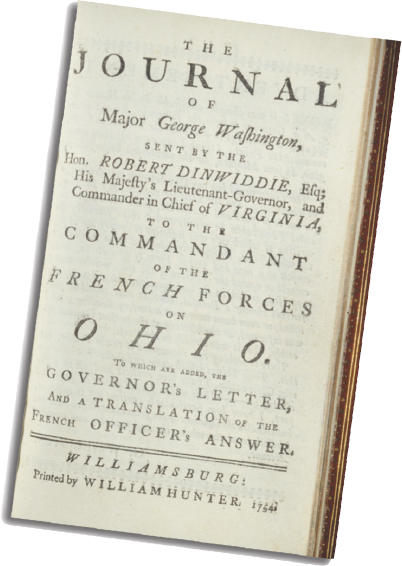How did the Seven Years' War lay the groundwork for colonial crisis?
Printed Page 142

FOR THE FIRST HALF OF THE EIGHTEENTH CENTURY, Britain was at war intermittently with France or Spain. Often the colonists in America experienced reverberations from these conflicts, most acutely along the frontier of New France in northern New England. In 1754, international tensions returned, this time sparked by events in America's Ohio Valley. The land — variously claimed by Virginians, Pennsylvanians, and the French — was actually inhabited by more than a dozen Indian tribes. The result was the costly Seven Years' War (its British name — Americans called it the French and Indian War), which spread in 1756 to encompass much of Europe, the Caribbean, and even India. The British and their colonial allies won the war, but the immense costs of the conflict — in money, death, and desire for revenge by losers and even winners — laid the groundwork for the imperial crisis of the 1760s between the British and Americans.
CHRONOLOGY
1754
- – Seven Years' War begins.
- – Albany Congress.
1755
- – General Braddock is defeated in western Pennsylvania.
1757
- – William Pitt fully commits to war.
1760
- – Montreal falls to British.
1763
- – Treaty of Paris ends Seven Years' War.
- – Pontiac's Rebellion.
- – Proclamation of 1763.
- – Paxton Boys massacre friendly Indians.
 War (1754–1762) between Britain and France that ended with British domination of North America; known in America as the French and Indian War. Its high expense laid the foundation for conflict that would lead to the American Revolution.
War (1754–1762) between Britain and France that ended with British domination of North America; known in America as the French and Indian War. Its high expense laid the foundation for conflict that would lead to the American Revolution.